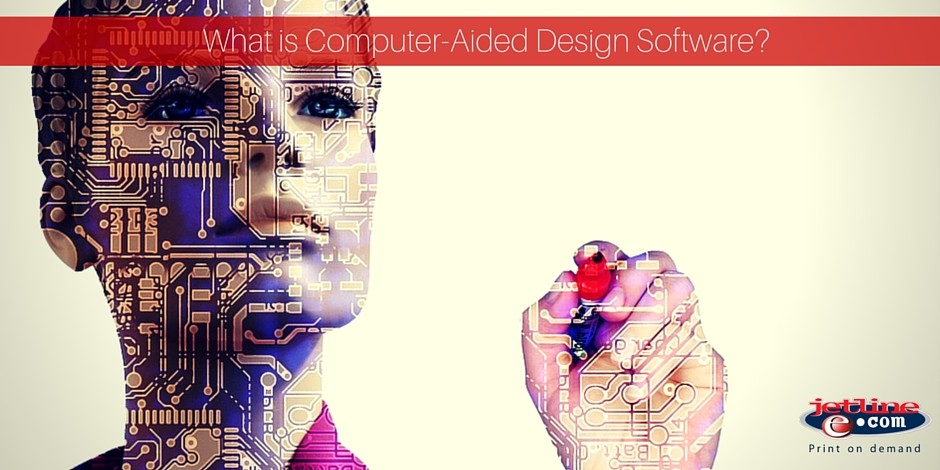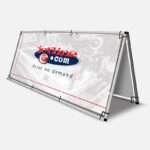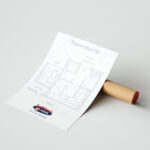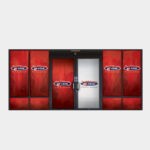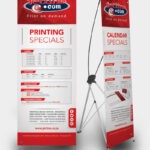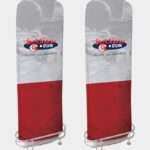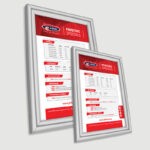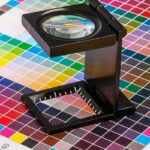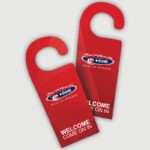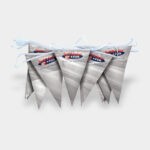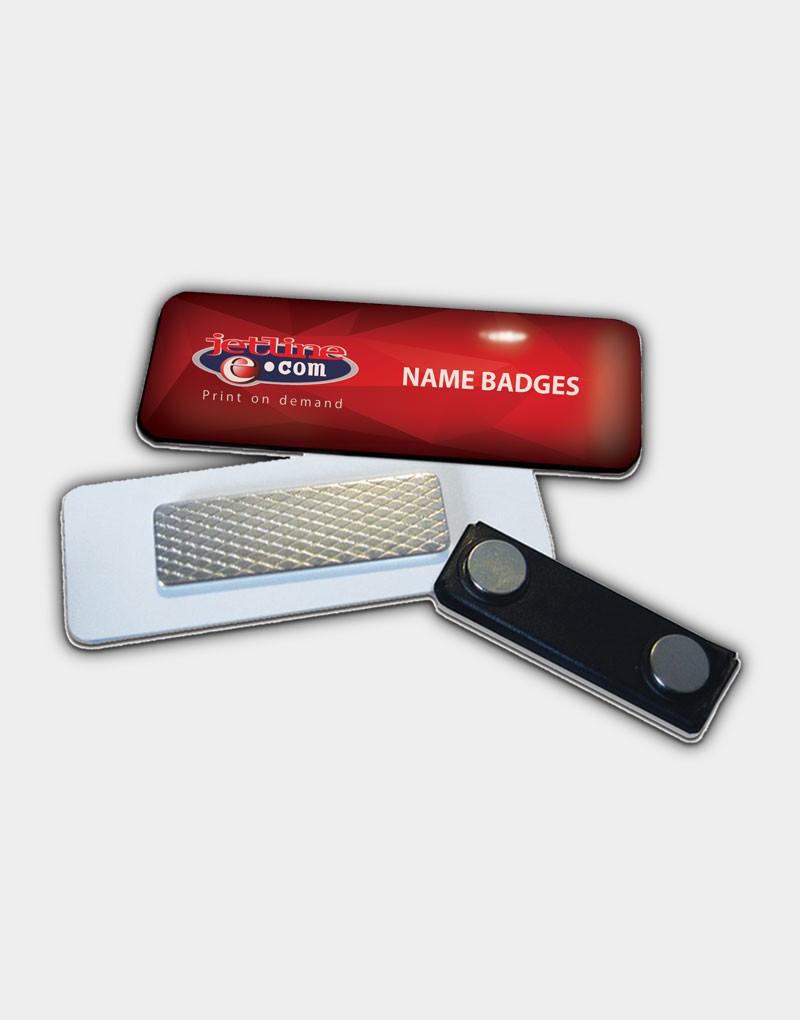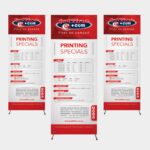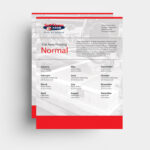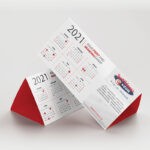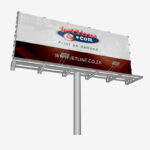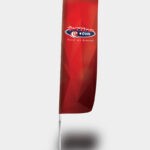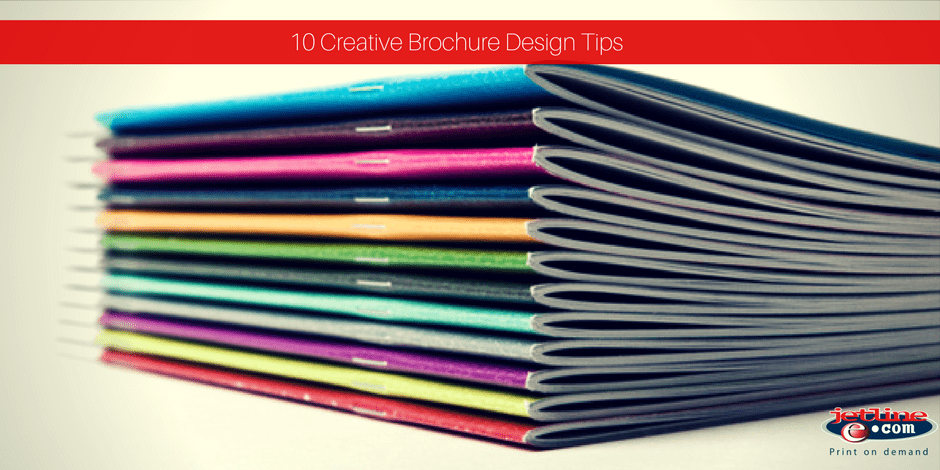Computer-aided Design (CAD) refers to the use of computer systems in assistance of the creation, modification, and analysis of a design. CAD printing refers to the specialised printing process associated with CAD design. CAD is a combination of advanced software and hardware that allows architects and engineers to design everything from vehicles and aeroplanes to furniture and large-scale structures.
This system requires an advanced graphic monitor, digitising tablet, mouse, and light pen, as well as a highly specialised CAD printer and plotter. CAD technology has revolutionised the design industry, increasing productivity and improving quality.
CAD systems have all but eradicated error and drastically improved accuracy in the design and construction industry. This means less wasted materials and more creativity! Thanks to this ground-breaking system, architects are able to indulge in their design visions, while engineers are able to build more complex, geometrical structures than ever before.
CAD implementations have radically evolved since their initial development in the 1960’s. Before the 1980’s, CAD systems were expensive and specialised computers that only a select few could afford. In the digital age, with our ever-evolving technology, designers are now able to purchase CAD software that runs on personal computers.
The History of CAD and CAD Printing
The first CAD software was developed by Ivan Sutherland in the earlu 1960’s. This innovative system was known as ‘sketchpad.’ What made Sketchpad so ground-breaking was the fact that it offered designers a way to graphically interact with the computer. This was done by drawing on the computers with what is known as a ‘light pen.’
Ivan Sutherland and the Sketchpad
However, the world’s first commercial CAD software was a numerical programming tool known as PRONTO. This tool was designed in 1957 by Dr Patrick J Hanratty, who has become known as the ‘Father of CAD CAM.’
The first-generation CAD software systems were mostly 2D drafting applications. These were developed by a company’s internal IT group and only intended to automate repetitive drafting chores.
It was during the mid-1970’s that CAD systems started to offer more services than simply the ability to reproduce manual drafting. Business owners began seeing the benefits of CAD systems over manual drafting tools, including the capability of automated generation – something we take for granted today.
In the past, calculations used to have to be performed by hand. CAD offered a truly revolutionary change to the engineering industry. It offered more opportunity for draftsmen, designers, and engineers. The system did not eliminate any department, rather, it was able to empower departments and merge them, ensuring a more efficient and streamlined engineering process.
CAD systems have all but eradicated error and drastically improved accuracy in the design and construction industry.
This is a notable example of the pervasive effects computers have on world industry. Today, CAD packages range from simple 2D vector based drafting systems to complicated 3D solid and surface modellers. Modern CAD systems allow for rotations in 3D, giving designers the opportunity to view the object from all angles. Furthermore, some CAD systems offer advanced animation and rendering capabilities, allowing engineers the opportunity to better visualise their design.
JETLINE: PROFESSIONAL DESIGN AND PRINTING COMPANY SOUTH AFRICA
Jetline provides the most advanced CAD printing technologies for all industry professionals. We are able to print in high resolution as well as large format, ensuring your designs are perfect!

